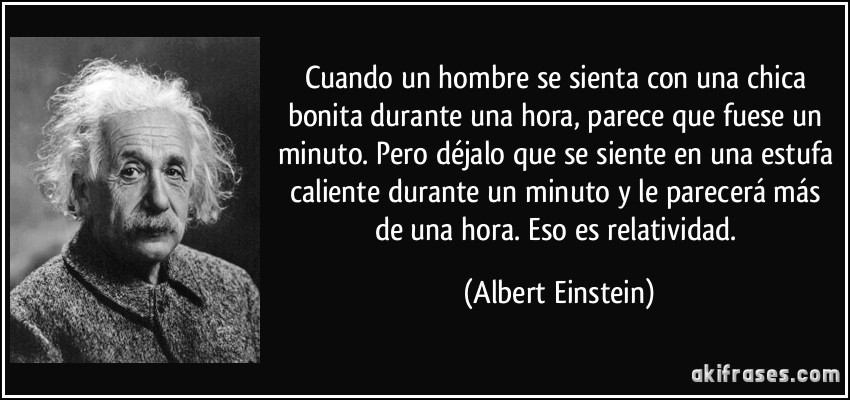|
|
|
12 APOSTOLES=12 HORAS
TUNEL DEL TIEMPO
ESTHER=ISHTAR=STAR GATE=PUERTA ESTELAR
BABEL=PUERTA DE DIOS

1 Pedro 5:13: La iglesia que está en Babilonia, elegida juntamente con vosotros, y Marcos mi HIJO, os saludan.
OBVIAMENTE QUE EL TUNEL DEL TIEMPO, TAMBIEN TIENE UN MARCO. ES IMPOSIBLE RACIONALIZAR Y ENTENDER LA VERDADERA HISTORIA SIN ESTUDIAR EL MARCO GEOGRAFICO, ECONOMICO, POLITICO, SOCIAL, ETC.
A LOS HIPOCRITAS NO LES GUSTA ESTUDIAR EL MARCO. ODIAN "VIAJAR EN EL TIEMPO" PORQUE OBVIAMENTE NO QUIEREN SABER NI QUIERE QUE SE SEPA LA VERDAD HISTORICA.
|
|
|
|
|
By Earth Ancients. Discovered by Player FM and our community — copyright is owned by the publisher, not Player FM, and audio streamed directly from their servers.
Few of the modern visitors to Teotihuacan are aware of the vast and mysterious underworld of caves and man-made tunnels that extends under much of the ancient site and for miles around. The existence of these tunnels has been known for centuries, but not even the most recent research has been able to solve the mystery of their origin and purpose. Very much like at Giza, in Egypt, these tunnels are rumored to connect all the main pyramids by means of underground passageways, and perhaps even lead to the records of a lost civilization. For the inhabitants of Teotihuacan, the labyrinthine network of caves and tunnels under the city represented the entrance to the Underworld. In the Codex Xolotl, the glyph used to represent Teotihuacan contains the depiction of two pyramids above a cave with a person inside. This suggests a possible connection with the Aztec traditions of Chicomoztoc, the “Place of the seven caves”, from which the present humanity was said to have emerged after a previous world was destroyed. Recent discoveries at the Pyramid of the Serpent have uncovered large quantities of mercury and other compounds including pyrite and radon gas. Archeologists also discovered water was once continually delivered into a tunnel that ran underneath the pyramid, and may have resulted in some form of combustion of an unknown nature. In this podcast, we’ll discover the vast network of underground tunnels at Teotihuacan, and evidence of early megalithic builders. Join us.
https://player.fm/series/earth-ancients/marco-vigato-the-tunnels-of-teotihuacan-evidence-of-megalithic-engineers
|
|
|
|
|
Marco Vigato; 3 videos; No views; Last updated on Aug 5, 2017. Play all. Share ... Teotihuacan Caves - The mysterious underworld of Teotihuacan. by Marco ...
Teotihuacan Caves - The mysterious underworld of Teotihuacan - Duration: 5 minutes, 53 seconds.Marco Vigato. 1,230 views; 3 months ago. 17:54. Play next ...
https://mx.linkedin.com/in/marcovigato
Ciudad de México y alrededores, México - Engagement Manager presso McKinsey & Company - McKinsey & Company
Ve el perfil de Marco Vigato en LinkedIn, la mayor red profesional del mundo. La experiencia laboral de Marco incluye McKinsey & Company, McKinsey ...
|
|
|
|
|

